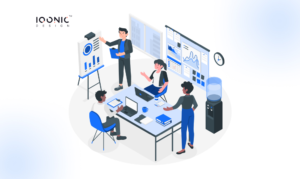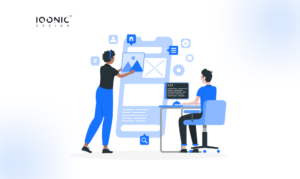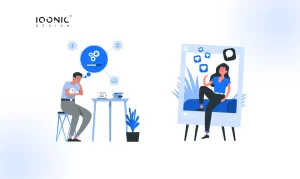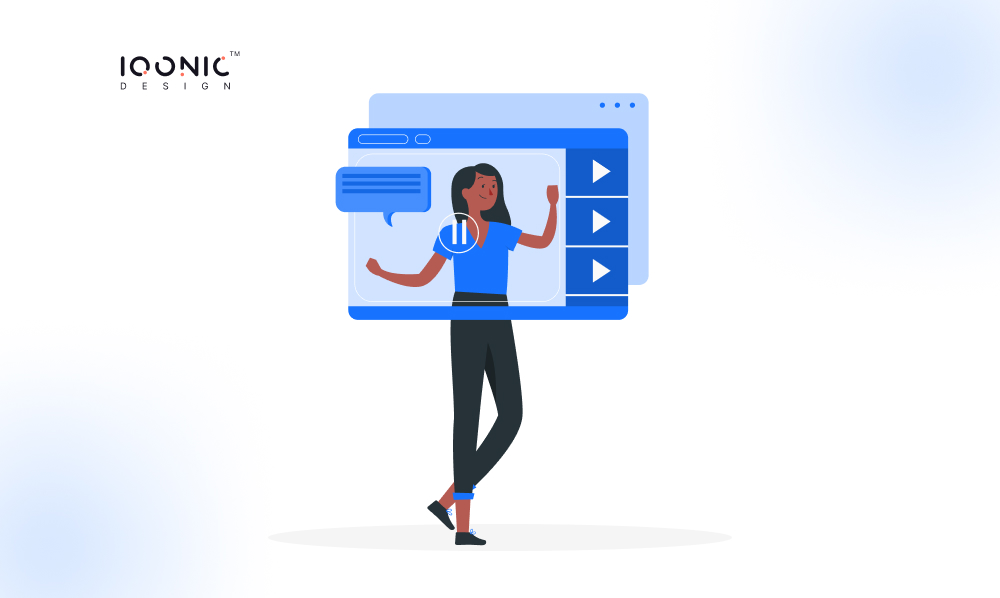
5 Ways to Build a Tailored E-Learning Platform
In today’s dynamic educational landscape, the importance of tailored e-learning platforms cannot be overstated. These platforms have emerged as a vital solution for delivering personalized and compelling learning experiences. Traditional one-size-fits-all approaches often fall short of meeting the diverse needs of learners.
Tailored e-learning platforms offer a solution to this challenge by providing customized content, interactive tools, and adaptive technologies that cater to individual learning styles and preferences. This blog will delve into five key strategies to build tailored e-learning platforms, ensuring your learners receive a highly personalized and impactful educational journey.
Understanding Your Audience
Knowing your audience is the cornerstone of successful e-learning platform development. The significance of this understanding lies in the ability to create content and experiences that resonate with your target learners. Demographics play a crucial role in audience analysis.
Consider factors such as age, gender, location, and educational background to tailor your content effectively. Additionally, understanding learning preferences is equally vital. Some learners thrive on visual content, while others prefer textual or interactive materials.
Survey your audience to gain insights into their selected learning styles. By combining demographic data with learning preferences, you can design e-learning platforms that engage, motivate, and drive knowledge acquisition. In the following sections, we will explore methods for audience analysis and how to use this information to create tailored e-learning experiences.
Customized Content Creation
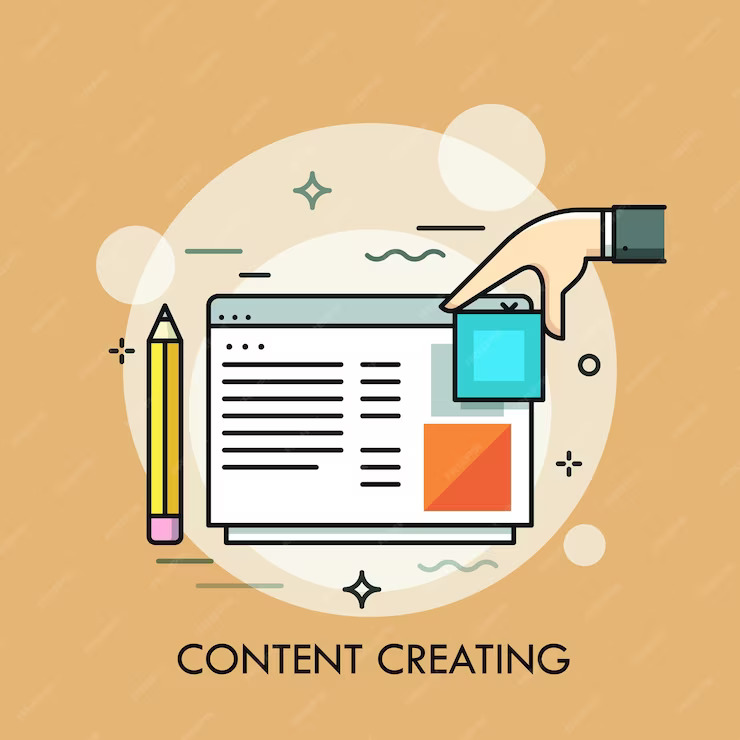
In e-learning, customized content creation is pivotal in ensuring effective and engaging learning experiences. Personalized content addresses the diverse needs and preferences of learners, making their journey through educational materials more enjoyable and productive.
Adaptive learning is one method to achieve this. It involves using intelligent algorithms to assess learners’ progress and adjust content accordingly. This way, learners receive content at their level, leading to better comprehension and retention.
Microlearning is another strategy. It breaks down content into bite-sized modules, making it easier for learners to digest information. These short, focused lessons suit the modern learner’s busy schedule.
Adaptive Technology Integration
Integrating technology like Artificial Intelligence (AI) and machine learning has revolutionized e-learning. AI-driven systems can analyze a learner’s behavior and performance, providing personalized recommendations and adapting content in real time. For instance, if a learner struggles with a particular concept, the system can offer additional resources or alternative explanations.
Machine learning is used to predict learners’ needs. By analyzing data from various sources, it can anticipate what a learner might struggle with and offer proactive support.
An example of AI integration is chatbots that provide instant help and feedback. Custom software development companies can design and develop these Chatbots can engage learners in interactive conversations, answering questions and offering guidance. These technologies enhance the e-learning experience by making it more efficient, tailored, and engaging.
User-Friendly Interface and Accessibility
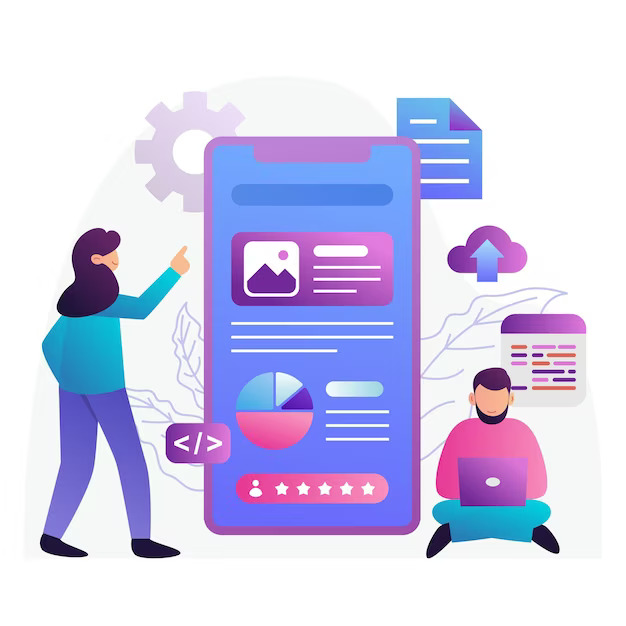
In the world of e-learning, the user experience is paramount. An intuitive user interface is the cornerstone of a successful e-learning platform. It ensures learners can easily navigate the content, access resources, and engage with the materials without encountering unnecessary obstacles. When the interface is user-friendly, learners can focus on what truly matters—their education.
Accessibility features are equally vital. They ensure learners with diverse needs can fully participate in the learning process. This includes text-to-speech functions for visually impaired learners, captioning for those with hearing impairments, and options for adjusting font size and contrast. By incorporating these features, e-learning platforms can reach a broader audience and provide equal opportunities for all.
Continuous Improvement and Feedback
Feedback is a valuable tool for growth and enhancement. In e-learning, establishing a feedback loop is essential. Learners should have the means to provide input on their experiences, allowing platform administrators to gather insights into what’s working and what needs improvement. Data analysis of user feedback can uncover trends, common pain points, and areas of excellence.
To make the most of feedback, it’s essential to act on it. Best practices include regular feedback reviews, identifying common themes, and implementing changes accordingly. This iterative process ensures that the e-learning platform continues to evolve and adapt to learners’ needs. Ultimately, it’s a commitment to continuous improvement that keeps e-learning experiences effective and engaging.
Case Studies or Real-Life Examples
Let’s delve into real-life success stories of tailored e-learning platforms to understand their impact. One outstanding example is Coursera, a platform that offers courses from top universities worldwide. By customizing courses to suit various learning styles, they have attracted millions of learners globally. The result? Improved engagement and successful completion rates.
Another case study is Duolingo, a language-learning app. Duolingo’s adaptive learning algorithm tailors lessons to individual proficiency levels, ensuring learners don’t feel overwhelmed. As a result, they’ve achieved remarkable growth and learner satisfaction.
Conclusion
To summarize, there are five key ways to build a tailored e-learning platform:
1. Personalized Content:
Create content that adapts to individual needs and preferences.
2. User-Friendly Interface:
Design an intuitive, easy-to-navigate interface.
3. Accessibility Features:
Implement features for diverse learners, including those with disabilities.
4. Continuous Improvement:
Gather and analyze user feedback for continuous enhancements.
5. Customization:
Allow learners to choose their learning paths and pace.
Customization in e-learning is paramount for improved learning outcomes. The success of platforms like Coursera and Duolingo, achieved through the utilization of custom app development and custom software development services, showcases the power of tailored content and user-centric design. By embracing these principles, e-learning platforms can truly transform the learning experience.




